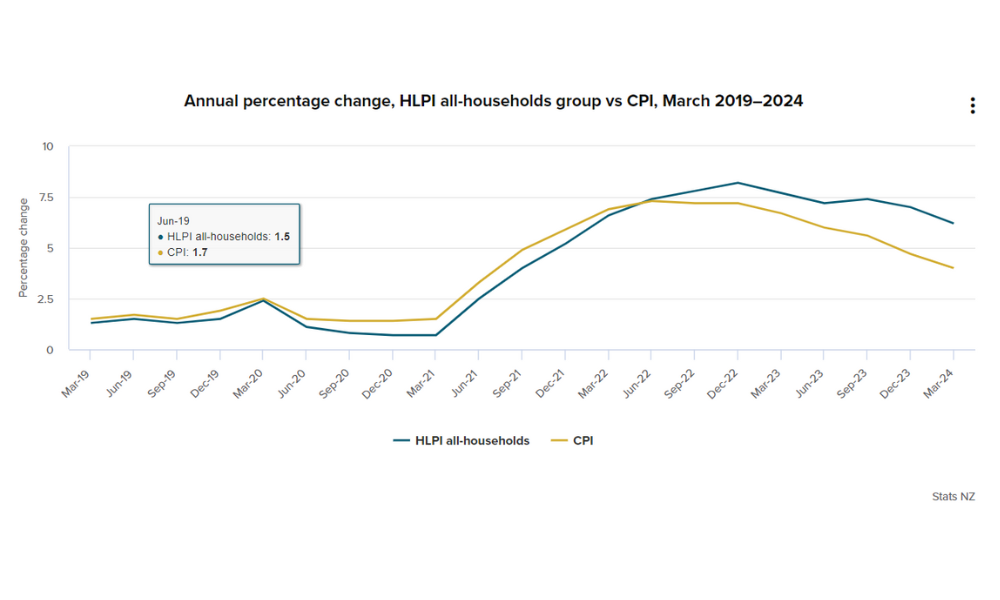Living costs rise 6.2%

The latest data from Stats NZ indicated a 6.2% increase in the cost of living for the average New Zealand household over the 12 months to March.
This rise in the household living-costs price indexes (HLPIs) underscored a slight ease from the 7% increase recorded in the previous quarter, though remains a concern as it hovers near the historical highs seen during the Global Financial Crisis.
Cost of living increases by household type
Different household types experienced varying impacts on their cost of living:
- Beneficiaries saw a 5.3% increase, largely driven by higher rents and interest payments.
- Māori households faced a 6.3% rise, with significant increases in interest payments and costs for private transport and rent.
- Superannuitants experienced a 5.2% increase, with notable rises in insurance costs and property rates.
- Highest-spending households incurred a 6.6% rise, significantly affected by interest payments and insurance costs.
- Lowest-spending households reported a 5.7% increase, with rent and insurance seeing the sharpest rises.
Key contributors to rising costs
According to Stats NZ, interest payments and insurance were common contributors across most household groups, reflecting broader economic pressures.
“For many households, interest payments have made a significant contribution to living costs,” said James Mitchell (pictured above), consumer prices manager at Stats NZ. “This reflects mortgage interest rates remaining high relative to 2021.”

Economic comparisons and outlook
While the HLPIs specifically measure how inflation affects different groups, the general consumers price index (CPI) indicated a lower overall inflation rate of 4% for the same period. The divergence highlights the particular pressure on household budgets beyond general economic indicators.
Implications for future spending
The increase in living costs is likely to influence household spending habits, particularly in terms of major purchases and investments.
“Superannuitant households are more likely to own their own homes and not have mortgages than other household groups,” Mitchell said. “Higher prices for insurance and rates have more impact than for other household groups who are more likely to rent or have mortgages.”
Read the Stats NZ media release here.
Get the hottest and freshest mortgage news delivered right into your inbox. Subscribe now to our FREE daily newsletter.



